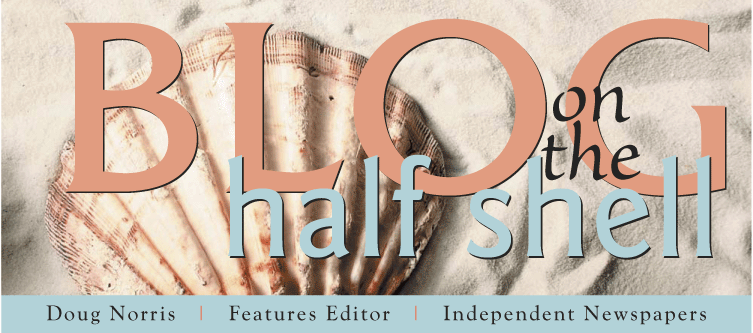Around the world, people embrace certain status symbols: Diamond necklaces. Platinum cards. Rolls-Royces. Swiss bank accounts. Island getaways. In Rhode Island it’s a low-numbered license plate.
The idea that Rhode Islanders drive around checking out everyone else’s under-bumper is nothing new. It’s probably the main reason why nobody here uses directional signals. Blinkers waste time better spent counting the competition and deciphering vanity plates.
Rhody’s license plate angst is historic. Years ago the plates were black and white (instead of the state colors, blue and white) reportedly because the pols on Smith Hill were all Providence College Friars fans. Conspiracy theorists – most of them Keaney Blue-wearing University of Rhode Island Ram fans – will note that Friar colors are black and white. The fact that PC is a private college and URI is the state university added fuel to the license plate furor.
That all ended when the state finally settled on the latest incarnation of its plate – a blue wave cresting in a rectangle of white to represent the Ocean State. But following a trend that has been sweeping America, Rhody began to issue special edition plates to benefit charities. The osprey plate, promoting “Conservation Through Education,” jointly serves the Audubon Society of Rhode Island and Save The Bay. Mr. Potato Head graces the plate that supports The Rhode Island Community Food Bank. Proposed plates are in the works for the New England Patriots to aid the team’s charitable foundation and Providence WaterFire, to raise money for the popular but under-funded public art event.
Last November legislation was passed allowing for the creation of custom license plates that feature the historic Plum Beach Lighthouse. [The beacon is displayed on top of The North East Independent each week. Pt. Judith Lighthouse is the logo on the banner of The South County Independent.] It will generate revenue for the volunteer organization Friends of the Plum Beach Lighthouse, based in North Kingstown, to fund the upkeep of the structure.
In Jeremy D’Entremont’s “The Lighthouses of Rhode Island,” the author compiles various anecdotes of the “spark plug” by the Jamestown Verrazzano Bridge. One of the more bizarre notes that when the lighthouse was restored, cleaners removed 52 tons of pigeon, gull and cormorant guano – “up to four feet deep in the basement” – from inside the tower.
So New Englanders finally have an answer to the question, “Can there ever be too much lighthouse information?”
This week’s other question: What should be Rhode Island’s next specialty license plate?
Monday, June 7, 2010
Subscribe to:
Posts (Atom)

